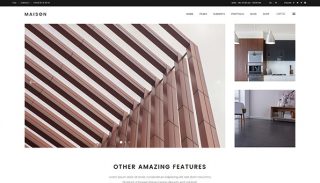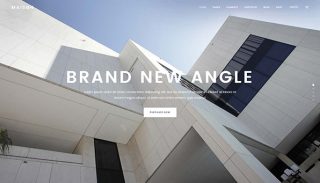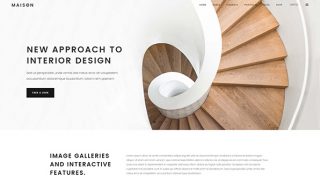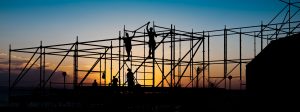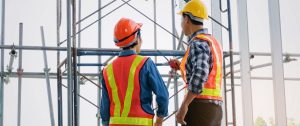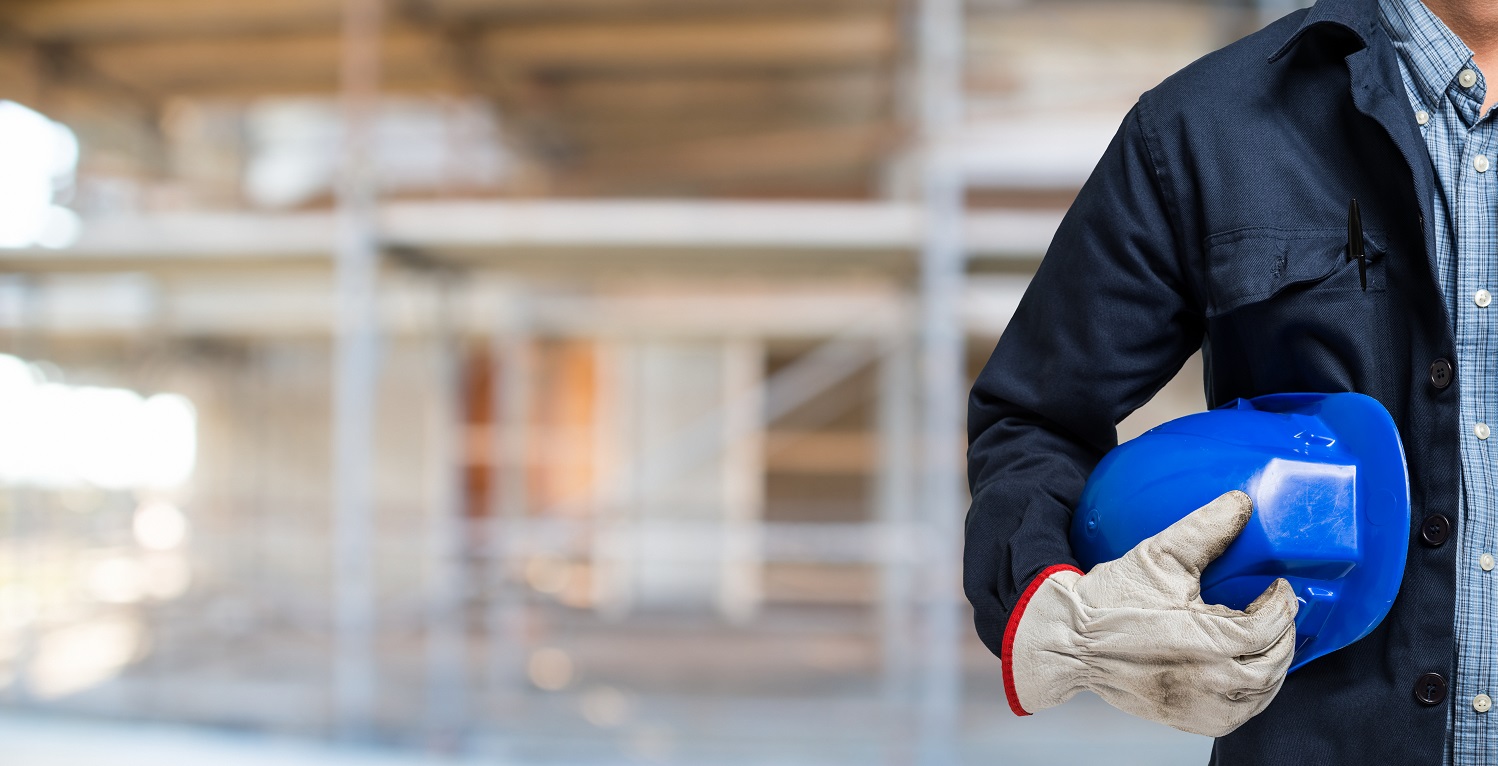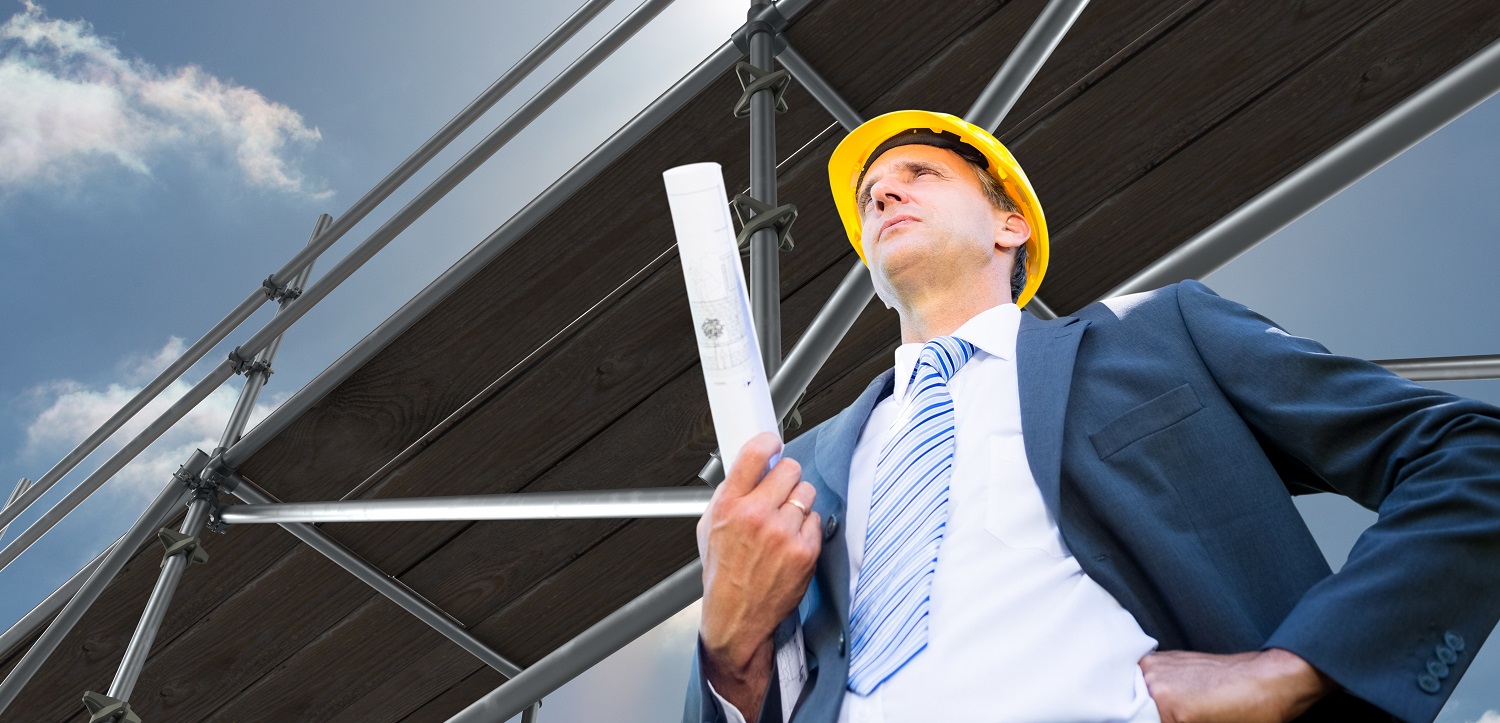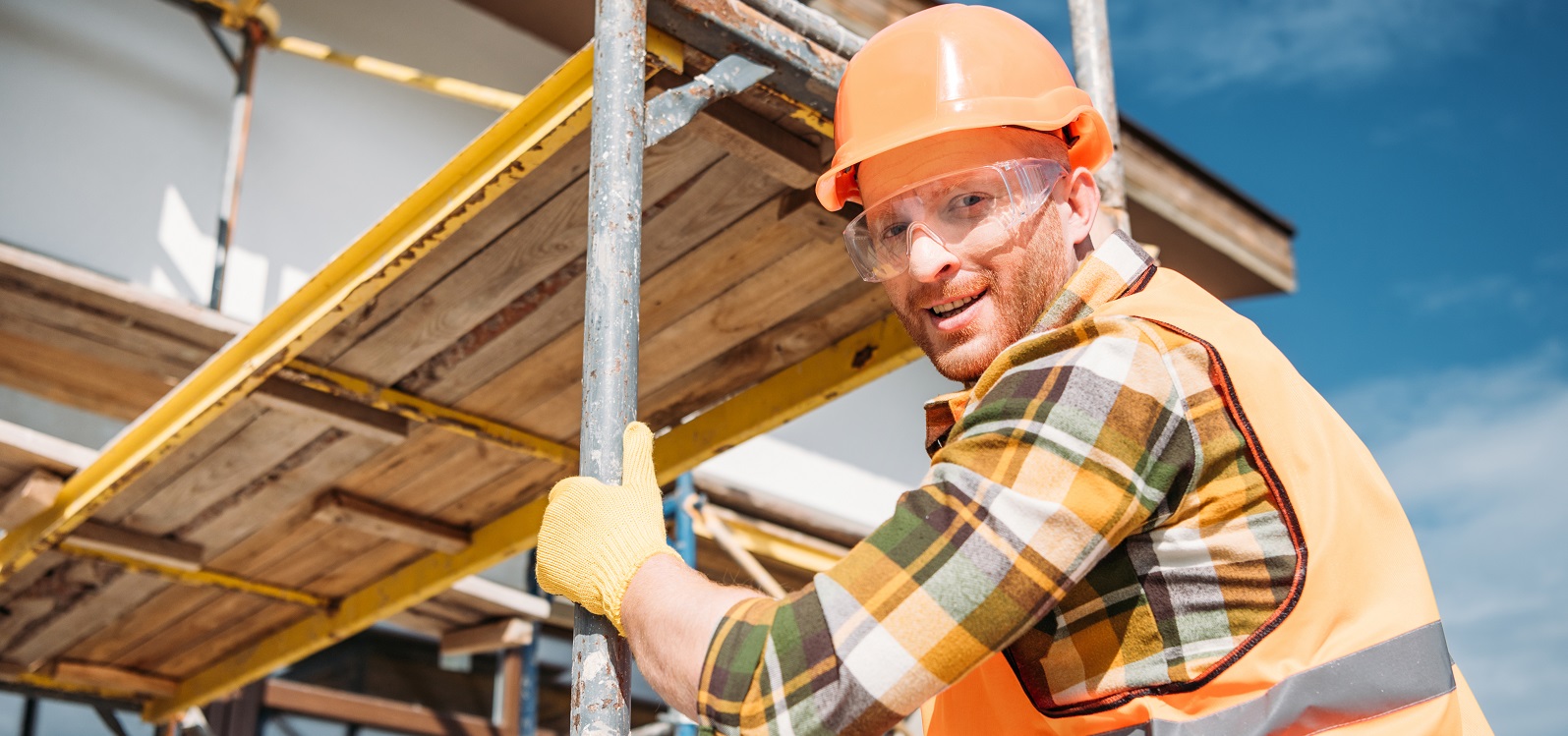
The Ultimate Guide to Choosing Scaffolding for Your Project
Scaffolding is used to support materials and workers in the construction, repair and maintenance of a building. There are over ten different types of scaffolding to choose from which makes it difficult to pick the right option for your project. Understanding the different types ensures you’re knowledgeable and will make the right choice of materials and scaffolding.
To help you understand which scaffolding is right for your specifications, we will examine popular scaffolding options used in Brighton and the rest of the UK today.
Kwikstage or kwikform scaffolding
This is a modular system scaffold with fixing. Scaffolding could sometimes look like a nightmare of joints and poles when you’re looking at it from the ground. It’s different when you’re working from a properly erected scaffolding.
Kwikstage scaffolding is designed as an easy to install scaffolding for individuals who want to spend more time working on the project and less time erecting the scaffold. It is mostly used in the UK and Commonwealth countries such as Australia.
A great benefit of working with Kwikstage is that it can be safely assembled by a semi-skilled worker. Where erection of most scaffolding is time-consuming and complicated, Kwikstage saves you time.
Groups of people who use Kwikstage include painters, construction workers, roofers, bricklayers, carpenters and masons. They use it to work on a building and transport tools and materials.
Bamboo and wooden Scaffolding
This type of scaffolding is mostly used in third world countries such as Sri Lanka, India, Nigeria, Bangladesh and surprisingly Hong Kong. You can use wooden scaffolding anywhere but it is most common outside Europe and North America.
It was the most common material until steel arrived. The main reason why bamboo remains the material of choice in many countries is that it’s cheap, flexible, has a high tensile strength and it’s eco-friendly.
Hong Kong is known for using bamboo scaffolding to build everything including skyscrapers and opera houses. It requires highly-skilled technicians and designers to construct and manoeuvre through several stories of bamboo.
Bamboo materials have a tensile strength of 28,000 per square inch, much higher than steel which is 23,000 per square inch. The sustainability and strength of bamboo led to a high level of appreciation for its versatility and usefulness in modern building projects and designs.
Bamboo is also quick to assemble, easy to design and can be used repeatedly. The beams, poles and cross braces can be used for up to 7 years.
A disadvantage of bamboo is that it is not as secure as steel which has pins and locks to ensure good connections, whereas bamboo doesn’t. The connection points are subject to loosening and wear. The walk boards on bamboo scaffold are not as secure when compared to steel. Ladders are tied on, and the walk board mats lie unfastened on the cross beams.
Stairway scaffold towers
Most system scaffold manufacturers create a component to build a staircase. It is part of a scaffold structure that grants workers access to different levels of the building. Think of it as scaffolds for steps.
Stairway scaffold meets the required health and safety standards. They are used on industrial construction sites. It is ideal for repair workers, maintenance, decorators, painters and the general public. It allows you to work above staircases to complete repair jobs and overhead installations.
It is easy to assemble and is supplied with all your safety precautions such as ladder access system, safety handrail, safety toe boards, adjustable locking and working platform. This ensures you don’t compromise security and safety for performance.
Birdcage scaffolds
This is a scaffold option used for interior works in large buildings such as museums, churches, halls and more. The broad top platform is wide, square-shaped and stable. Workers working at height can take steps to the right, left, backwards and forward.
The freedom of movement is greatly enhanced due to the two-dimensional boost. Expert scaffolding installers retain this frame when removing internal components and installing perimeter access sections.
Apart from construction, it could be used as a podium during a stage performance such as a music festival or outdoor event. The extended platform allows workers to work on structural support, ceiling pipes and emergency systems.
Single pole scaffolding
Also known as the bricklayers scaffolding, it is one of the simplest types of scaffolding and consists of a series of standards made from timber. It is assembled parallel to the wall of a building after being fixed to the ground. For taller buildings, braces are used to enhance structural stability.
An advantage is that fewer materials are used and there are no ledges and inside standards. The disadvantage is that the ground shrinks slightly and dries out, or a heavy load is placed on the scaffold, which levers the brickwork apart.
Steel scaffolding
Also known as tubular scaffolding, it has a similar structure to the double and single scaffolding but the difference is in the scaffolding materials. It uses steel tubing rather than timber and steel couples instead of rope lashing. To fix the standards into the ground, it uses a base plate.
A few advantages of steel tubular are that they have a higher carrying capacity, it is easy to erect and dismantle and it’s economical. Steel scaffolding provides a firm and steady standing and remains strong even during an intense wind and heavy rain. It has a longer durability when compared to other materials and is widely used because it offers greater safety for workers.
Mobile scaffolding
It is assembled from pre-formed framing components and fitted with wheels that allow scaffolders to move it from place to place. It is used on sites where many areas need light maintenance work or where a scaffold would cover a greater distance.
An advantage of mobile scaffolding is that it is very portable. The wheels make it easy to move across places with a simple pull or push. It offers more room than a traditional scaffolding. Hence, workers have space to keep materials and tools on the platform, allowing for more efficiency.
Mobile scaffolding is a versatile option for painters, carpenters and anyone that needs to move from one place to another whilst reducing the risk of injuries or accidents.
Which type of scaffolding should you use on your next construction project?
There are multiple factors to consider when choosing the right type of scaffolding for your project. It is important to have suitable equipment and understand the different price tags for each scaffolding option.
- A few questions to answer include
- Where will you undertake the task?
- How many workers will use the scaffold at a given time?
- What is the height and design of the structure?
- Will it be required for a single or multi-story building?
- Is the project a renovation or construction project?
- Is it an exterior or interior construction job?
- Do you require suspended scaffolding or can you safely fix the scaffolding to the ground?
5 things to consider when choosing scaffold
Consider the height of the structure
Most scaffold accidents aren’t caused by defects, but by error. The right height tower prevents overstretching and falling from a height.
Safety
This is a major consideration when looking to hire a scaffold. Many materials and features go into a scaffold. Choose a brand and material that meets international and UK safety requirements. Features to consider include
Scaffolding-specific platform
Safety guardrails
Built-in safe access and slip resistant surfaces
Comprehensive user instruction
Identify your scaffolding needs
Getting the right scaffolding depending on your needs and requirements. Rendering, roofing and building use different types of scaffolding. Choose a scaffolding that comfortably handles the user’s weight and any equipment they are working with.
If the job requires moving the scaffold, a mobile scaffold would be preferable. If it doesn’t require movement, a fixed scaffold will do. Someone looking for a scaffold for a window washing has a different need from someone who needs support for roof work.
Terrain
The area where the scaffold will be used is critical. If the ground is soft or unstable, a suspended scaffold design is your best option. If the ground is hard, a ground-support unit will do. Choosing the wrong option puts your equipment and the safety of the worker at risk.
Budget
Budget matters when choosing a scaffold for your project. A supported scaffold is a cost-effective choice. Most of the components are reusable for future purposes. Adjustable models are more expensive but they are faster to erect and dismantle. Suspended scaffolds are the most expensive because they are custom tailored to fit the job.
Ask for product recommendations
A scaffolding contractor or anyone who works in construction can provide recommendations. Learning from the experience of experts provides greater insights into the strengths and limitations of each scaffolding type. A good scaffolding company should take your requirements and recommend the best option.
Conclusion
We’ve outlined the different types of scaffolding, their benefits, disadvantages and various uses. We’ve also discussed factors to consider when choosing a scaffold material or type. Above all else, choose quality over a cheaper price. Do not attempt to erect a scaffold on your own. It is important to find a suitable service provider in Brighton that meets your needs and ensures the safety of workers and materials when working at heights.


